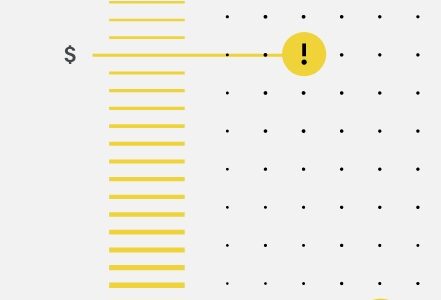
“
With increasing amounts of money – often cryptocurrency – being used to pay for NFTs, there are concerns that they may be used to circumvent expanding anti-money laundering (AML) rules for traditional art.
The ability to transfer some NFTs via the internet without concern for geographic distance and across borders nearly instantaneously makes digital art susceptible to exploitation by those seeking to launder illicit proceeds of crime because the movement of value can be accomplished without incurring potential financial, regulatory, or investigative costs of physical shipmen(t)
The Treasury Department also flagged that criminals could self-launder money by purchasing an NFT, then passing it to themselves through different digital accounts, creating a sales record before selling to an unsuspecting buyer, and coming out clean on the other end.
“
Money Laundering Activities in The Art World
Citation – Money Laundering Activities in The Art World. (n.d.). Sanction Scanner. https://sanctionscanner.com/blog/money-laundering-activities-in-the-art-world-223#:~:text=Art%20money%20laundering%20is%20a,high%20value%20of%20art%20pieces.
“
The prices of artworks are subjective and manipulable; once a work of art is purchased, it can disappear for years. Any work purchased at auctions goes to free ports, where artifacts can be kept for years. These works can then be sold anonymously and privately to the other buyer. The portability of artworks is an advantage. They are lightweight compared to gold and other valuable items. Unlike real estate, artwork can be bought and sold with minimal paperwork, and most importantly, these purchases can be made anonymously.
Art money laundering is a process where illegally obtained funds are disguised as legitimate income through purchasing and selling artworks. It works by exploiting the unique features of the art world, such as its lack of regulation, the opacity of transactions, and the high value of art pieces.
AML regulations for money laundering in the art world are not sufficient and heavy, so criminals exploit this vulnerability. For this reason, regulators have started to focus on this issue and have included some regulations for the art world in the new regulations.
“
————————–
Analysis – “Undoubtedly, there will be opportunities for exploitation when there are new technologies available, especially when there is money involved. It is up to regulatory bodies to keep the game fair. New money has found a way to launder just like old money does. There do seem to be similar regulations in both anti-money laundering processes. Both have know-your-customer (KYC) regulations but it seems as though both don’t always require them. Speaking from experience NFT trades can still happen anonymously, and the Sanction Scanner article explicitly says that art trades can also still happen anonymously. I do not have a strong opinion on how hard or easy it is to launder money this way, but I would bet that it is not nearly as full proof as it could be.” – Easton Nguyen



